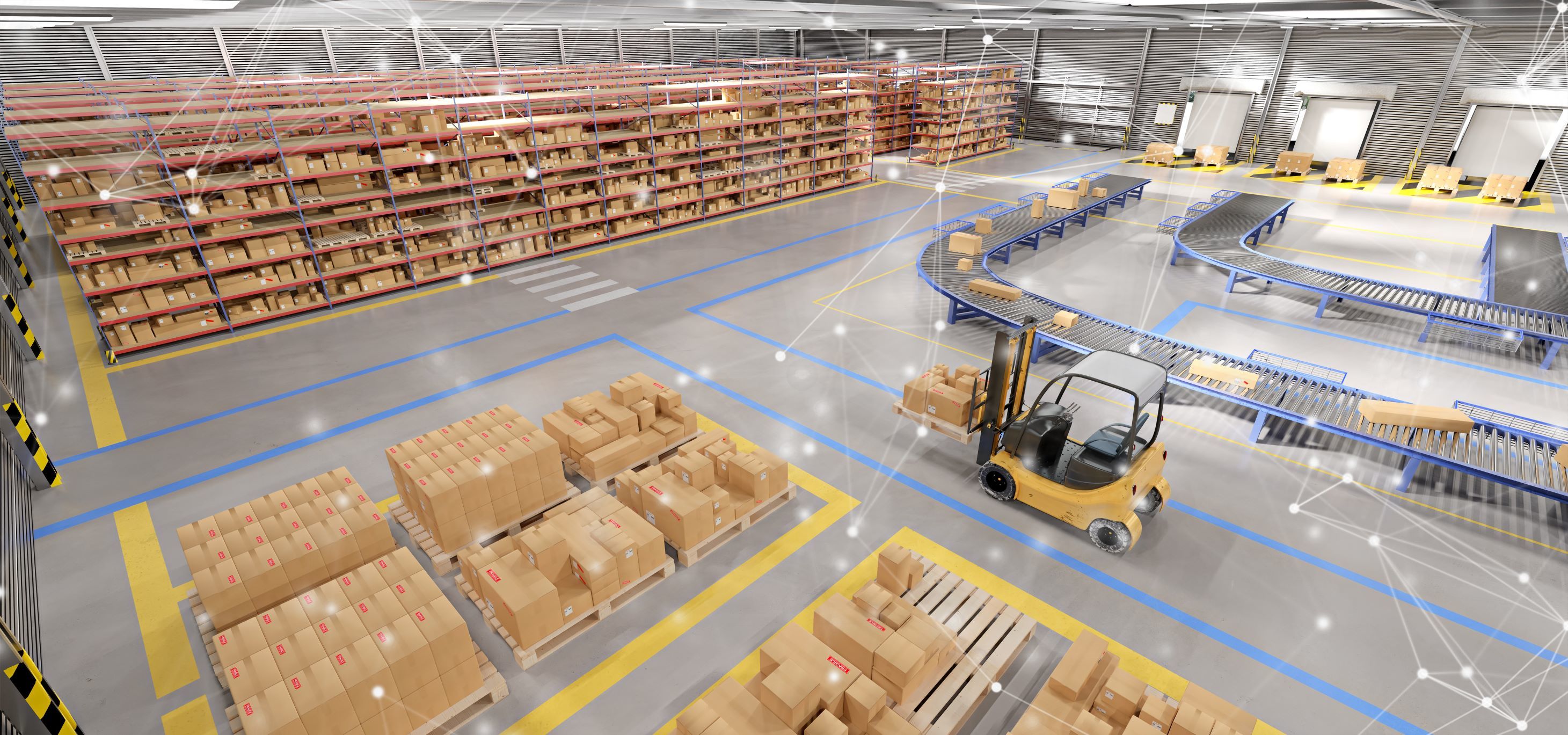2020 Review: Logistics on all fronts

We have probably never heard so much about logistics as we have since the COVID-19 crisis. Recognition of "second line" workers , supply of essential shops, home delivery, mask delivery, test organisation and now vaccine delivery... logistics is at the heart of all concerns. Many have discovered the essential role it plays in the very functioning of the economy and society in general.
Logistics real estate is a means of implementing logistics and supply chains. These chains have been put to the test during the year 2020 and several profound trends are emerging.
The rise of e-commerce
E-commerce, which accounted for almost 10% of consumption, will have grown strongly in the physical goods segment. For example, transactions during the week of Black Friday grew by 20%. Between January and November 2020, Amazon recruited 400,000 employees worldwide, which represents a growth in its workforce of over 50%.
One sector of e-commerce has seen more growth than the others, that of food and more specifically of supermarket drives. Food e-commerce, which in 2019 represented 5.7% of food consumption, has seen an average market share of 7.7% for the year 2020. This benefits traditional drives but also the 650 pedestrian drives listed in the country, which grew by 40% in 2020. Other trends have emerged, such as the growth of supermarket and proxi formats at the expense of hypermarkets.
While some retail segments are experiencing major difficulties, such as cafés-hotels-restaurants, others have managed to pull through. This is the case of discount, food and non-food, represented in particular by Action, Lidl, Stokomani or Gifi.
New needs
At the same time, environmental concerns and the urban logistics orientations of the metropolises have resulted in new needs. These orientations were affirmed during the first Inter-ministerial Committee on Logistics, which was held on 7 December last. Urban logistics, but also multimodality and the ecological transition will necessarily have an impact on logistics real estate.
Despite the unprecedented crisis, logistics real estate remained dynamic in 2020. It has been able to continue to accompany the transformations in distribution, but also to satisfy the growing needs of e-commerce and urban logistics.
However, the overall volume of transactions and new constructions is down compared to 2019, by around 25% (i.e. 2.4 millionm2 in 2020). This decrease is mainly due to the administrative and technical postponement of large-scale projects (> 50,000m2).
Logistics service providers are still very active and account for 56% of the market's transactions, in terms of numbers, while supermarkets, led by LIDL and INTERMARCHE, are also major players in the sector, with a market share of over 20%.
Vacancy rates are low in all sectors (between 3% and 7%) with the exception of the Lille market, which accounts for more than a third of the available and future supply (PC obtained) of the major centres in the corridor.
Rents are stable or increasing in certain sectors, although it should be noted that they are at the same level as in 2006.
Unfinished buildings have continued to develop in the major centres of the Lille-Paris-Lyon-Marseille corridor. They often found takers during the construction phase, which was inexorably slowed down due to the confinement.
In this context, EOL has concluded more than 360,000sq. m. of contracts, including 41,000sq. m.in Nanteuil-le-Haudouin (60), 33,000 sq. m. in Savigny-le-Temple (77), 17,000 sq. m. in Tigery (91), 32,000 sq. m. in Reventin-Vaugris (38), 18,000 m² in Saint-Quentin Fallavier (38), 35,000 m² in Verrières-en-Anjou (49), 55,000 m² in Distriport (13), 20,000 m² in Saint-Martin-de-Crau...
EOL's engineering teams have also delivered a 55,000m² building for LACOSTE, 30,000m² for a leader in the luxury industry in Orléans, France.EOL's engineering teams have also delivered a 55,000 m2 building for LACOSTE, 30,000 m2 for a leader in the luxury industry in Orléans, and assisted ADEO in a 100,000m2operation in Fos sur Mer.
Stability of investment
After an activefirst quarter followed by a secondquarter that was severely affected by the onset of the health crisis, the investment market rebounded significantly at the end of 2020. Investor appetite has even increased in this new context, with investors favouring the most resilient assets, in particular logistics real estate.
3.8 billion for the year 2020 (see Market Update). The market was largely fuelled by disposals of portfolios of logistics platforms acquired mainly by international investors.
One of the most buoyant segments is urban logistics property, which has recently attracted major international investors. In response to environmental issues, but also to the omnichannel evolution of commerce, the logistics needs of the first periphery of major cities are only partially met by the existing supply.As a result,the values of these highly sought-after assets, particularly in the inner suburbs of Paris, are rising sharply.
The desire to relocate certain industries is also generating property needs that are beginning to appear.
Theforced transformation of commerce, the need for local logistics to reduce environmental impact and industrial relocation will thus be the levers of a new dynamism in logistics real estate in France.